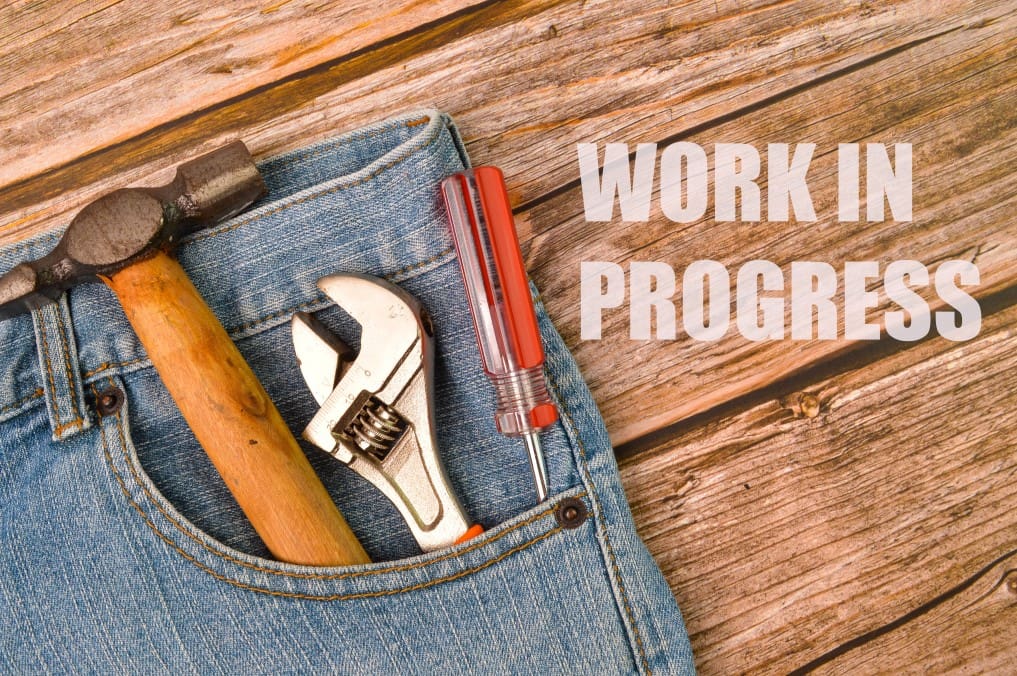Website maintenance can be an uphill task, especially when you are just starting out. Although using CMS makes it easier, even with CMS like Drupal, Joomla, WordPress or Squarespace, some of the best around, maintaining your site can still be a huge problem.
No Brainer Day is February 27th and as a gift to you, we’ll show you how simple maintaining your website can be. Granted, every CMS has its possibilities and limitations, so there are no perfect solutions to these problems. Here are, however, some tips to help you maintain your website the best way we know how.
1. Back up website before Doing Maintenance
If you are not personally hosting your website, ask your web host if they back up the data on their servers. If they do not, consider switching hosts. If you are hosting your website, make backups of your website files and content frequently.
You may want to set up an automated process using a software package like rsnapshot on Linux or Jungle Disk on Windows. It is also best practice to store at least one copy off-site in case of fire, flood, theft or other natural disasters.
Storing a copy off-site can be easily achieved with services like Dropbox.
2. Update website software
For every new release of Apache, Nginx, MySQL or any other web technology your website runs on, check with your hosting provider that the update is compatible with their servers. Consider switching providers if they do not support a newer version of a software package that your site is running on. If you are hosting your server(s), keep in mind that most major releases break compatibility with older versions to some extent.
While newer versions often contain important bug fixes and security patches, wait until you fix all known bugs before upgrading anything. Do this even if the upgrade will only take a little longer!
Always remember to test updates on a regular basis before applying them live for everyone to see.
3. Check for broken links
In addition to dead links pointing to other pages on your site, remove broken external links as soon as possible. Links that lead to a 404 page or a different domain are not helpful for the user navigating your website or your website’s ranking on Google. Links give your website SEO authority, which improves your ranking on search engines.
Broken links are bad for your website because they lead to missed visitors and lower rankings in search engines.
4. Test site speed
Your web page load time is important. If your site takes forever to load, few people will wait for it and click on your site. Majority of users will move on to the next site and are hardly likely to come back to your site.
If you are on a shared server, make sure the person sharing your server with you is not using all of your resources. You can check this by using Pingdom Tools or GTmetrix.
You can also test the speed of your website using a service like Google’s Page Speed Insights.
5. Check website forms
People tend to fill out web forms incorrectly. Make sure your website’s forms are error-free, including errors in the script or destination emails. Set up website forms to ask for the least amount of information required to get the job done.
Since most people use their phone more than their desktop, make your forms mobile friendly and easy to use.
6. Regular maintenance
Your website is your company’s online face. The plan is to get people to look at it and want to stay on for as long as possible. Regular maintenance will keep it looking nice and running efficiently.
This is especially true today since users’ access websites on a wide variety of devices instead of just desktop computers.
7. How often should I update my website?
You can update your website as much as necessary depending on how often you make changes to the content, images, etc.
On average, updating a website once a month is sufficient if there aren’t any major changes happening with your business or industry.
8. Consider Us for Your Maintenance Needs
KAFE Digital Marketing is a one-stop shop for all things website maintenance. We are all about meeting your needs. We update banners and content, add events with images, check and update plugins and fix minor issues for a reasonable rate of $45 per hour. You can also pay for just an hour, and we’ll do as much as possible within that timeframe.
If you’d like regular maintenance, which will help your website ratings with Google, we offer a monthly maintenance plan of four hours at $125 per month. This plan covers checking for broken links, website forms and writing up to 25 meta descriptions.
Meta descriptions are the short sentences that appear under your website’s title in search engine results. They also help your website rank higher on Google.
If you take nothing else from this article, remember that with regular updates of content and code, you will get more visitors and also better rankings in search engines.
So, if you want to stay on top of your competitors, make sure to update your site accordingly. And never forget, content is king!


Recent Comments